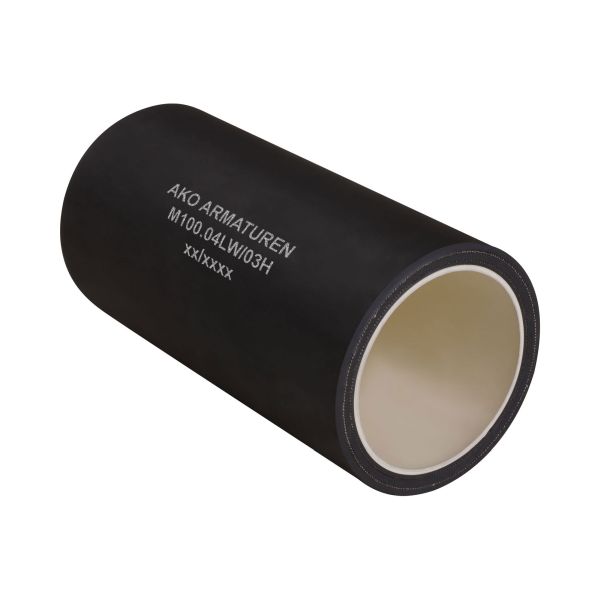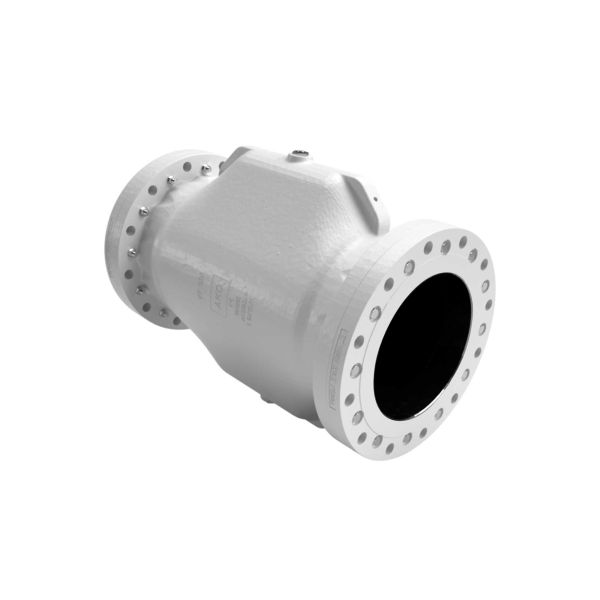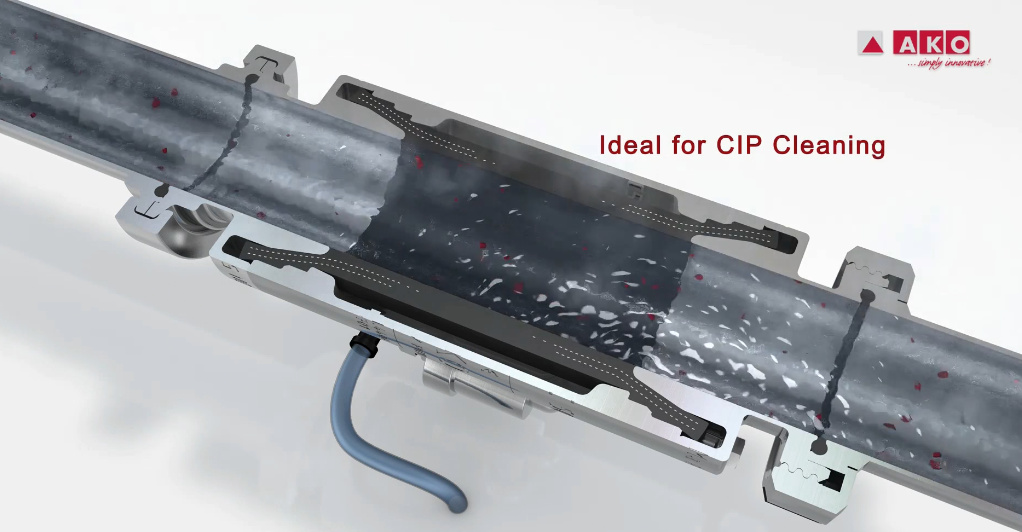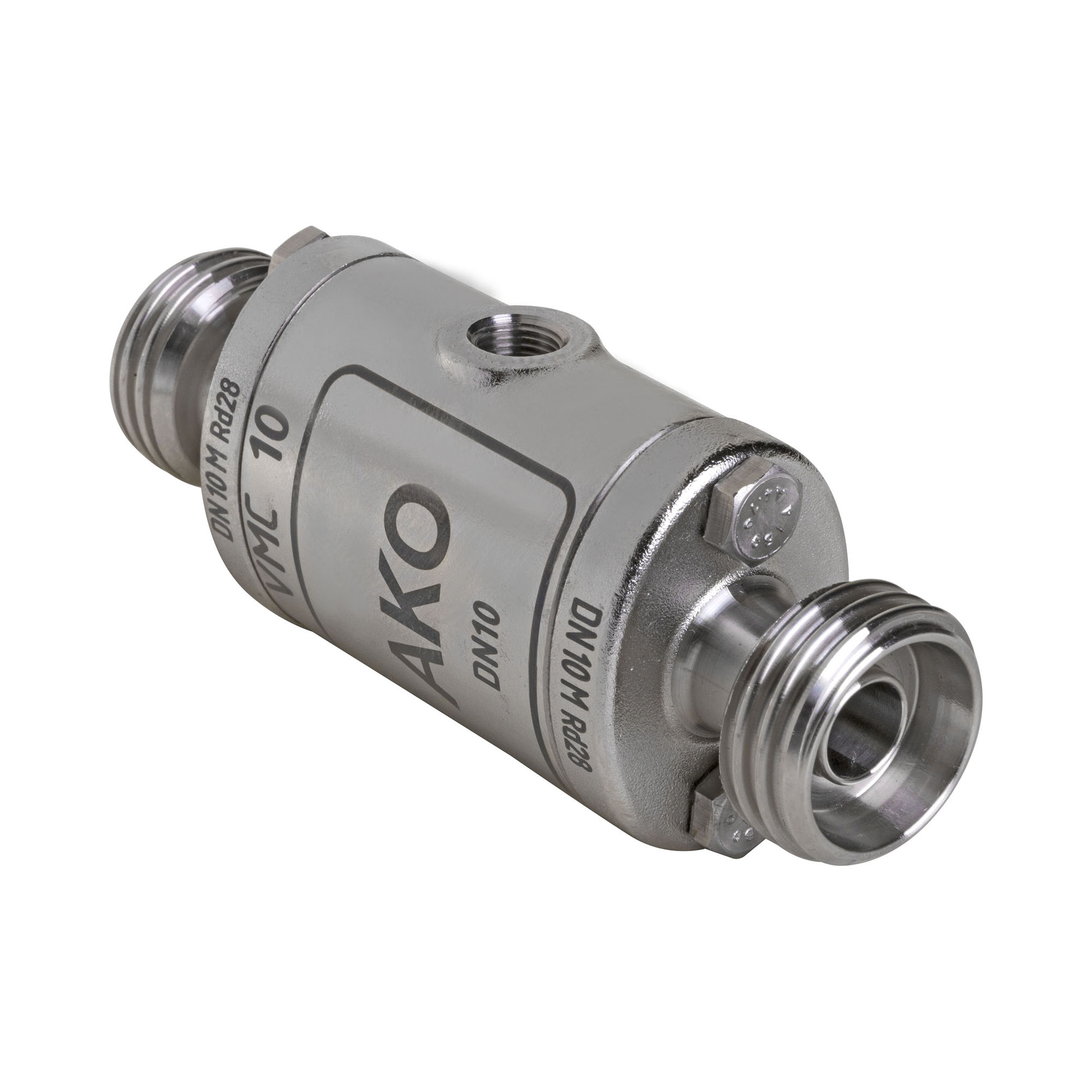Pinch Valve vs. Gate Valve – Which is Better?
If you are in the market for buying a pinch valve or gate valve for a particular application but not sure which type will best serve the purpose, this article will prove to be helpful for you while we look at the pinch valve vs gate valve.
Gate Valves
This type of valve is specifically designed to provide complete isolation of the flowing media from the rest of the system. Gate valves have a simple design and operate in a fully closed or open position. They are suitable in applications where low resistance of flow for a fully open valve is required. They are effective in preventing from fluid hammer, which causes damage to the piping system. Moreover, a gate valve ensures minimal pressure loss, and when it is in a fully closed position and under pressure, it provides a positive seal.
Some common applications of gate valves are oil and gas industry, marine, automotive, manufacturing, and pharmaceuticals. They are also preferred in applications with high pressure and high temperature requirements.
While we look at the pinch valve vs gate valve, perhaps the pinch valve may be better suited to your application…
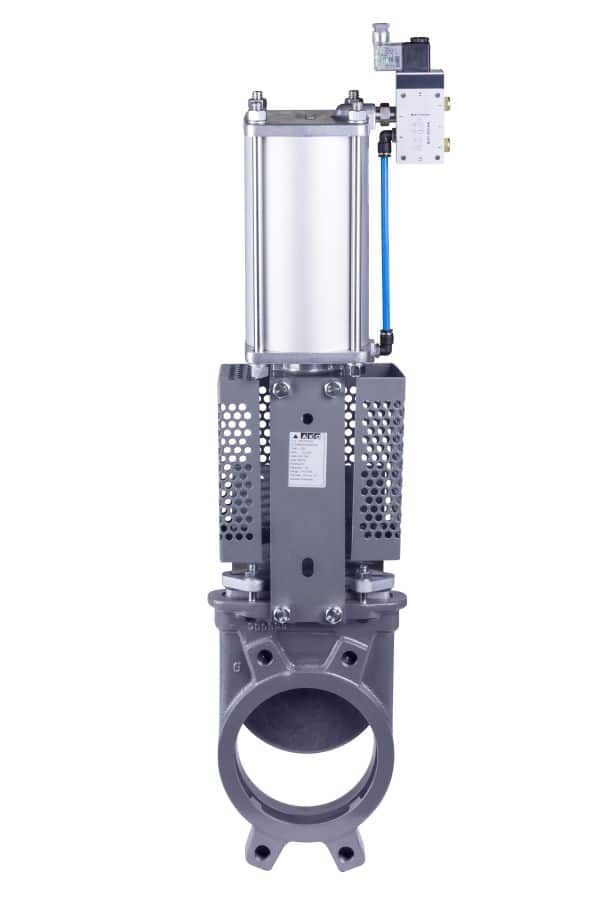
Pinch Valves
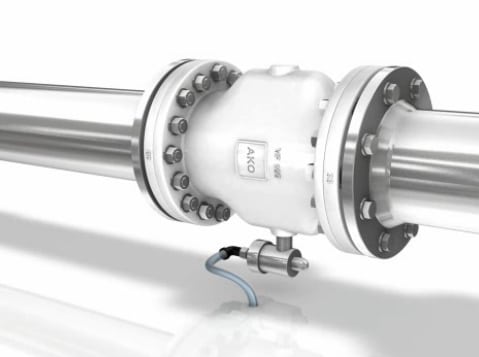
Pinch valves are relatively simpler in design and quite inexpensive as well. They are suitable in applications where on-off and throttling services are required. A pinch valve controls the flow through the pinching action of its rubber sleeve, which is the only wetted part and doesn’t require any maintenance. This type of valve is suited for handling different types of liquids containing suspended solids, slurries, and systems where solids are conveyed pneumatically. Because the rubber sleeve keeps the flowing media from coming in contact with other parts, pinch valves are a great choice for handling corrosive and abrasive media and for applications where metal contamination may be a problem. (see Pinch valve case studies for further information).
The Pinch Valve is also self cleaning, and has a very good total cost of ownership due to the rubber sleeve being the only replaceable part. Unlike gate valves where there are many different seals, packing and other wearable components to the valve.
Some common applications of pinch valves are food and beverage, cement, waste water treatment, bulk and solids, silos, ceramic, glass, chemical, and plastic industries.




